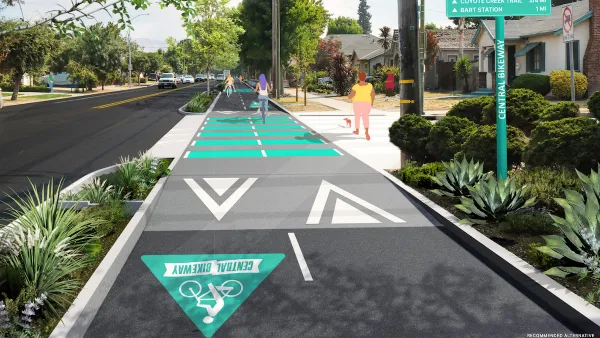Homeowners in places at risk for wildfires and other disasters find it harder than ever to secure an affordable insurance policy as companies leave some states altogether.

Home insurance companies are abandoning some markets in the Western United States as increasingly devastating and unpredictable wildfires and other disasters drive up costs.
“According to a report from the nonprofit climate research firm First Street Foundation, 39 million homes nationwide are at risk of losing their insurance due to climate hazards,” writes Kylie Mohr in High Country News, prefacing an interview with former California insurance commissioner Dave Jones.
According to Jones, the main driver of higher insurance premiums is climate change. “Until we stop using fossil fuels and reduce greenhouse gas emissions associated with other sectors of the economy, we’re going to continue to march steadily toward an uninsurable future,” Jones said.
Jones noted that “One thing insurers could do would be to transition out of fossil fuels and other high greenhouse gas-emitting industries as an investor.” They could also adjust their models to account for “landscape-scale forest management” initiatives that reduce fire risk.
Mohr adds that “Recently proposed changes to California’s insurance regulations may allow insurance companies to include wildfire-preparedness measures, such as safety certifications and prescribed burns, in their pricing models.”
Jones also suggests that states should adopt stringent building codes to make structures more fire-resistant and provide assistance for retrofitting programs. When it comes to insurance assistance programs like California’s Fair Access to Insurance Requirements (FAIR) plan, Jones says “Even though it’s expensive, I would argue strongly against artificially suppressing the rates of the FAIR plan, because then you start sending the wrong signal about the risk in certain areas due to climate change.”
FULL STORY: Homeowner’s insurance is going up in smoke

Planetizen Federal Action Tracker
A weekly monitor of how Trump’s orders and actions are impacting planners and planning in America.

In Praise of Analog Cities: Futureproofing in a Time of Crisis
I didn’t need a pandemic or a war to teach me that smart cities weren’t the future — but it sure drove the message home.

Silicon Valley ‘Bike Superhighway’ Awarded $14M State Grant
A Caltrans grant brings the 10-mile Central Bikeway project connecting Santa Clara and East San Jose closer to fruition.

FTA Allows Changes to Low or No Emission Grant Proposals
Grant recipients can change their proposals from zero-emission to low-emission projects, a move the FTA says will offer more flexibility to cities and transit providers.

A Vision for the Future: LA County Releases Draft Sustainability Plan
Los Angeles County has released the draft 2025 OurCounty Sustainability Plan — shaped by community input — and is inviting public feedback through August 22 to help guide the County’s path toward a more sustainable, equitable, and resilient future.

Honoring Elders: California Tribe Breaks Ground on Affordable Housing
The Fernandeño Tataviam Band of Mission Indians is launching its first senior housing project in Los Angeles County, creating 26 affordable units to serve Native elders and address longstanding housing inequities.
Urban Design for Planners 1: Software Tools
This six-course series explores essential urban design concepts using open source software and equips planners with the tools they need to participate fully in the urban design process.
Planning for Universal Design
Learn the tools for implementing Universal Design in planning regulations.
Heyer Gruel & Associates PA
Yukon Government
New Jersey Institute of Technology
Mpact (founded as Rail~Volution)
City of Camden Redevelopment Agency
City of Norman, Oklahoma
City of Portland
City of Laramie





























